Endangered Species Day 2015: 10 species dying out in the wild
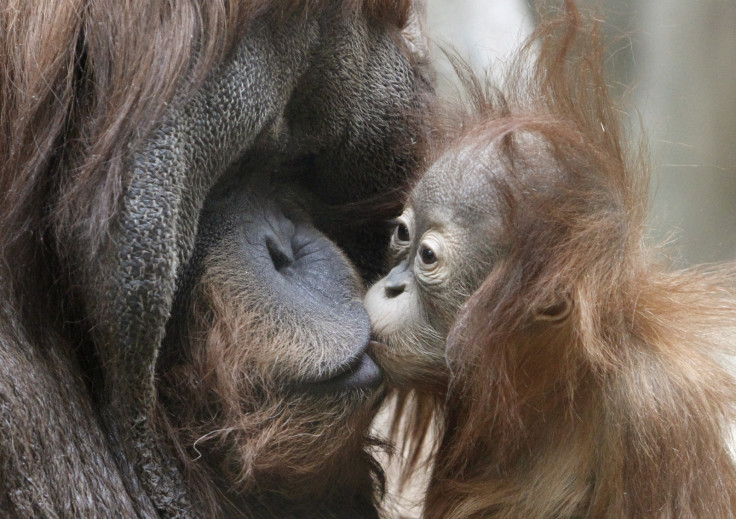
Extinction is a natural phenomenon that occurs at a natural "background" rate of between one to five species every year. But despite conservation efforts, scientists estimate species are disappearing between 1,000 to 10,000 times the natural rate – with dozens of animal and plant species going extinct every day.
A decade after Endangered Species Day was first launched, conservationists are calling for more to be done to protect threatened species. Over 40% of the world's species are estimated to be at risk of extinction, primarily from human activities driving habitat loss, introduction of exotic species and global warming.
Recent studies have shown one in six species will become extinct if global warming continues along its current trajectory. Among those threatened by the rising global temperature is the polar bear, whose sea ice habitat is shrinking at a rate of 9% per decade. Without greater intervention, thousands of animals and plants could soon experience the same fate as the Dodo, the Atlas bear and the Elephant bird.
Amur leopard
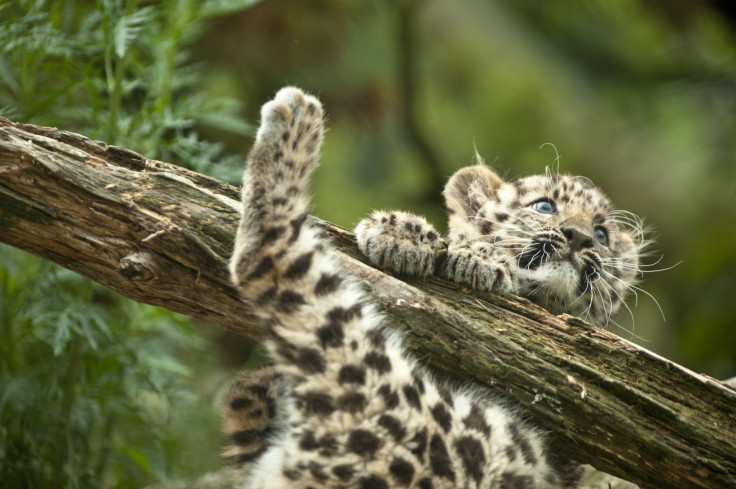
Populations of the world's rarest cat have been reduced to around 57 in Russia and 12 in adjacent areas of China, largely due to poaching, the exploitation of forests and encroaching civilisation.
Javan rhino
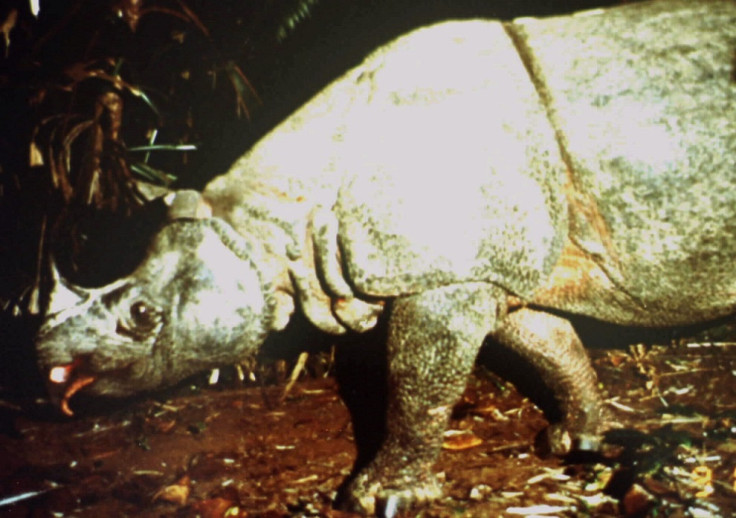
These are the most threatened of the rhino species, with as few as 35 left in Ujung Kulon National Park in Java, Indonesia. The animals were once the most widespread of Asian rhinoceroses and ranged from Java and Sumatra to India and China but the last Javan rhino in Vietnam was poached in 2010. Highly valued in traditional Chinese medicines, the rhinos were primarily poached for their horns.
African wild dog

One of the world's most endangered mammals, the largest populations remain in southern Africa and the southern regions of East Africa, in Tanzania and northern Mozambique. It is estimated there are between 3,000 and 5,500 left in the wild.
Hawksbill turtle
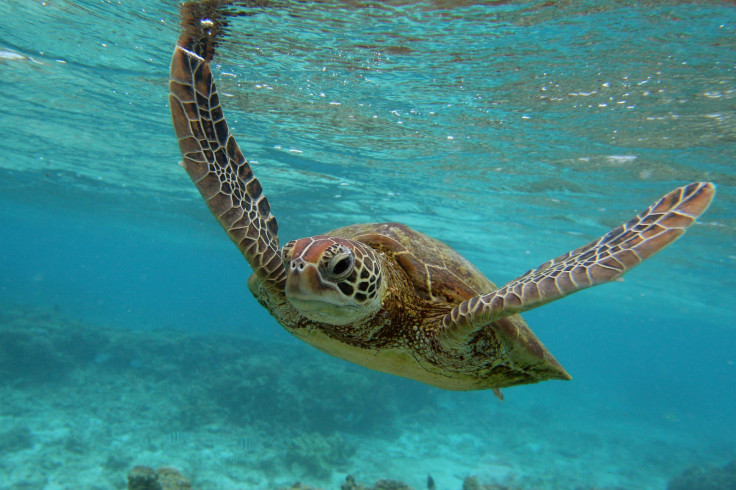
Found in the tropical reefs of the Indian, Pacific and Atlantic Oceans, these turtles have a distinctively patterned shell that has made them susceptible to poaching for jewellery.
Black rhino
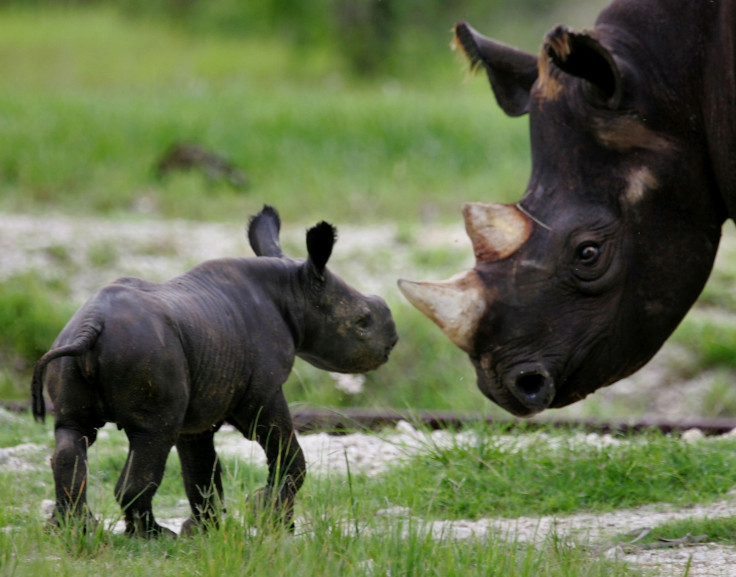
There are around 5,000 black rhinos left in the wild in Kenya, Namibia, South Africa, Swaziland, Tanzania, Zimbabwe, Zambia, Botswana and Malawi. During the 19<sup>th century, the species was widely hunted, reducing their population to 65,000 by 1970. Since then, the use of their horns in Chinese medicines have led to an even further decline.
Yangtze finless porpoise

The Yangtze River, the longest in Asia, used to be home to two species of dolphin: the Yangtze finless porpoise and the Baiji dolphin. The latter was declared extinct in 2006 and there are only between 1,000 and 1,800 of the porpoise species left.
Vaquita
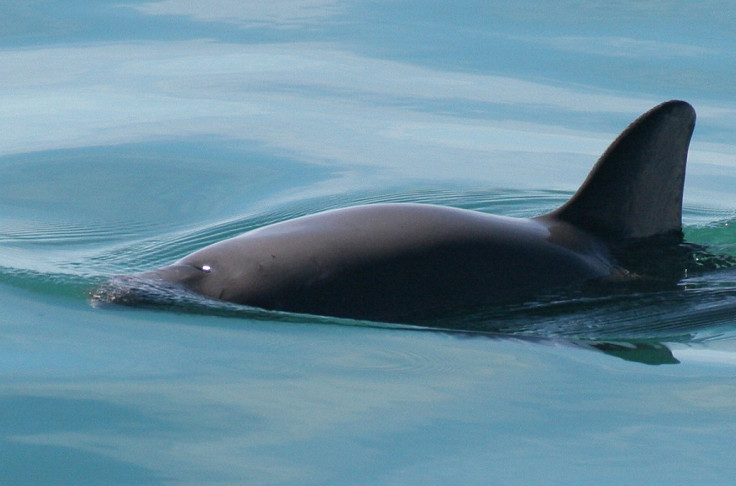
The world's rarest marine mammal was discovered in 1958 and are on the edge of extinction. In 2014, the estimated number dropped to around 100, as many are caught and drowned in gillnets used by illegal fishing operations in protected areas within Mexico's Gulf of California.
Cross river gorilla

Estimates suggest there are only around 200 to 300 of these gorillas left in the wild, scattered across the forests of Cameroon and Nigeria. As well as poaching, their habitats have been razed to the ground by deforestation to make way for agriculture.
Sumatran elephant
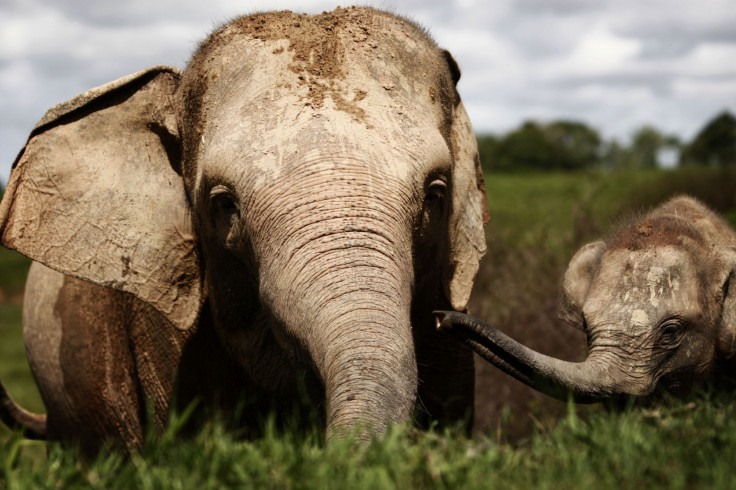
In 2011, the elephant species was classified as critically endangered by the International Union for Conservation of Nature as the population had declined by at least 80% over three generations – roughly estimated to be around 75 years. They are threatened by habitat loss, degradation and fragmentation and poaching, while much of the elephants' natural forest cover is now too small to contain the elephants.
Sumatran orangutan

Found only on the island of Sumatra, Indonesia, this species is rarer than its counterpart, the Bornean orangutan. Of the nine existing populations of Sumatran orangutans, only seven have prospects of long-term viability, each with an estimated 250 or more individuals. Only three populations contain more than 1,000 orangutans.
© Copyright IBTimes 2024. All rights reserved.






